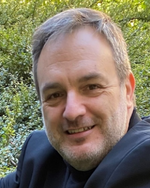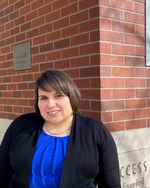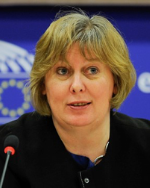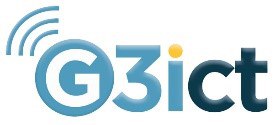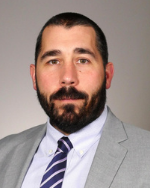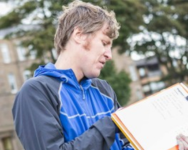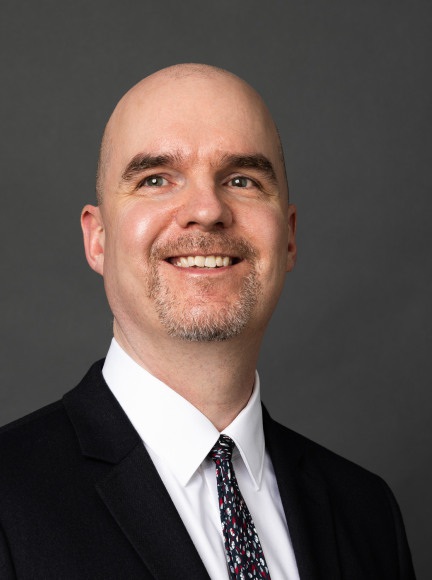“If You Build It, Then What Happens?” - Awareness in the Assistive Technology Ecosystem
Posted on February 19, 2019

Director, David Banes Access and Inclusion Services and Board Member, DATEurope
In this series of blogs around the creation and maintenance of the assistive technology ecosystem, David Banes will explore some of the areas of activity that when integrated and delivered, support the implementation of Assistive Technology (AT). In this first blog, we think about “awareness.”
There are many things one can blame Kevin Costner for, including the “Waterworld” and “The Postman.” Both are high on the list. Although usually he only gets plaudits for the movie “Field of Dreams.” But there is a problem- that lies with the much-quoted strapline from the movie “If you build it, they will come” which seems to work well for ghosts of the much-loved baseball players but as the basis of the distribution of innovative assistive and accessible technologies, perhaps not so much.
When working with startups, and in judging innovation awards, I have observed that much of the creativity and energy is expended on the design of products; as a result, leaving little to promote and disseminate to ensure the product is used. In many cases, teams pitching ideas for awards lack marketing and communications expertise, and dissemination is based on the power of social media and loosely defined “networks.” Developers are so convinced of the quality and value of the product that they find it hard to understand why anyone would fail to grasp this immediately. Helping potential users to recognize that value is essential to success.
To gain that traction, a company and developer needs to understand their market and audience. Making the audience aware of the existence of a product is the first hurdle to overcome. Social media can be a powerful tool; however, different segments of the audience access social media quite distinctly. Parents appear to congregate around Facebook and Pinterest, professionals tend towards LinkedIn and Twitter, whereas persons with disabilities form and use WhatsApp groups in many parts of the world. To customize messages for each of these formats and platforms can be challenging yet may also reap the rewards.
Beyond initial awareness, a case must be made for the product. Rarely is a new product the only option for a potential purchaser, developers must demonstrate that their solution is more effective, easier to use, cheaper or more convenient to encourage people to make a switch. That case depends on an understanding of the strengths and weaknesses of the existing market to guide the case for the new opportunity.
Awareness of assistive technology, and the potential benefits is a function within the ecosystem that needs to be addressed beyond individual products or services. Independent, trusted information on the availability of products and services is often the responsibility of public sector and non-governmental organizations and are equally dependent on understanding stakeholders and addressing any anxieties they might have about assistive technologies. Campaigns need to make a case for assistive products and demonstrate value, reaching out to the audience in ways that they are likely to respond to. Case studies of successful use shared across a range of media are very powerful. Such studies are useful when the audience recognizes the example as being “someone like me” sharing their need, context, or challenges. When the example is drawn from the same community and culture as the audience, it is most likely to resonate with the audience.
There is an excellent value in increasing awareness of assistive technologies and communicating the case for use. At the risk of mixing metaphors, it is more than throwing a party and sending out invitations; it is more than selling a new product, it is beyond building a solution and waiting for users to come. It is all these things and without a focus on raising awareness that our chances of successful implementation are always reduced.


